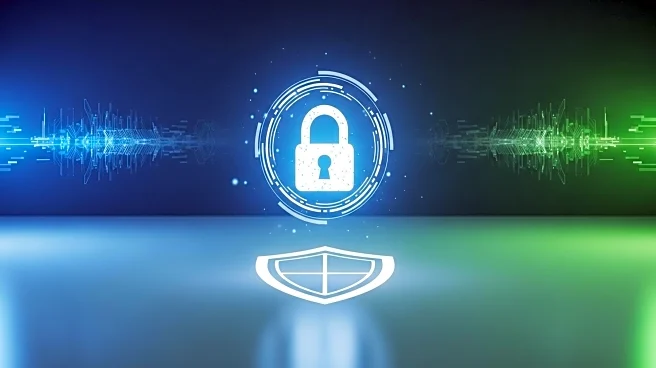What's Happening?
Healthcare organizations are increasingly adopting Privileged Access Management (PAM) to secure sensitive data and systems, especially in remote and hybrid work environments. PAM requires additional authentication and authorization for users accessing privileged accounts, such as electronic health records (EHRs). This security measure is crucial for protecting valuable data and ensuring compliance with regulations like HIPAA. With the rise of remote work, PAM helps healthcare systems manage access by verifying user identities and monitoring behavior patterns to detect anomalies.
Why It's Important?
The implementation of PAM in healthcare is vital for safeguarding patient data and maintaining the integrity of healthcare systems. As remote work becomes more prevalent, the risk of unauthorized access to sensitive information increases. PAM provides a robust security framework that mitigates these risks by ensuring that only authorized personnel can access critical systems. This not only protects patient privacy but also enhances the overall resilience of healthcare organizations against cyber threats. The adoption of PAM reflects a broader trend towards zero-trust security models, which prioritize identity verification over traditional network-based security.
What's Next?
Healthcare organizations will continue to refine their PAM strategies to adapt to evolving security challenges. This may involve integrating advanced technologies like artificial intelligence to enhance behavior analytics and improve threat detection. As PAM solutions become more sophisticated, they will likely incorporate more adaptive authentication methods, such as biometric verification and risk-based access controls. The ongoing development of PAM will require collaboration between healthcare providers, technology vendors, and regulatory bodies to ensure that security measures remain effective and compliant with industry standards.
Beyond the Headlines
The shift towards PAM in healthcare highlights the growing importance of cybersecurity in protecting sensitive information. It underscores the need for continuous innovation in security technologies to address the complexities of modern IT environments. Additionally, the adoption of PAM raises questions about the balance between security and user convenience, as increased authentication requirements can impact workflow efficiency. As healthcare organizations navigate these challenges, they must also consider the ethical implications of data access and privacy in an increasingly digital world.










